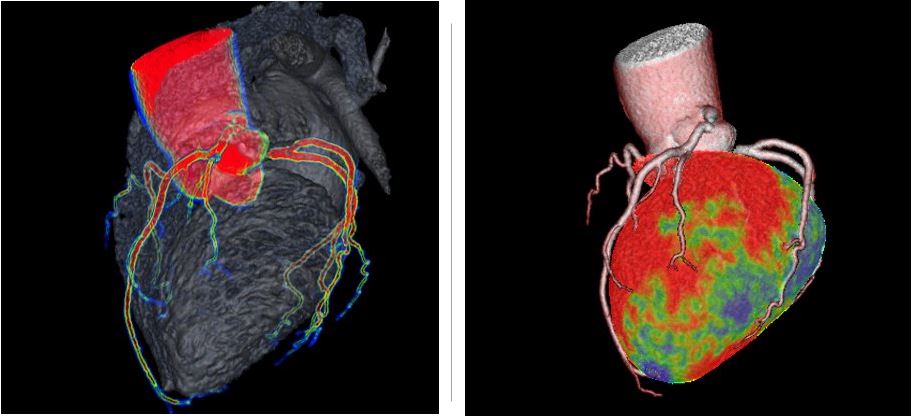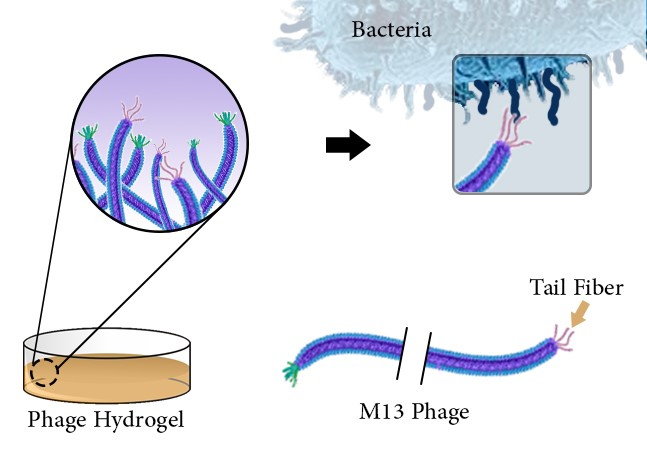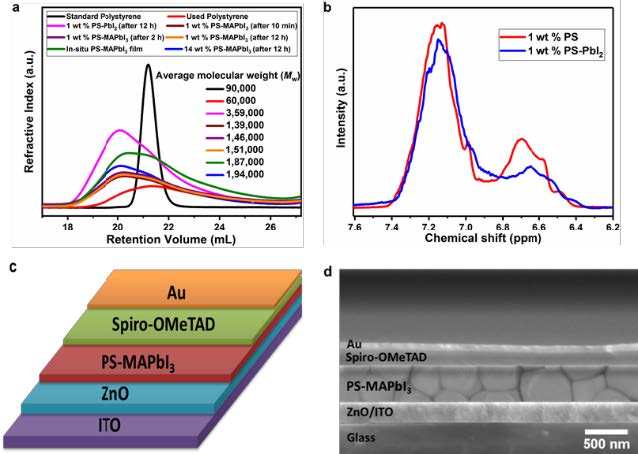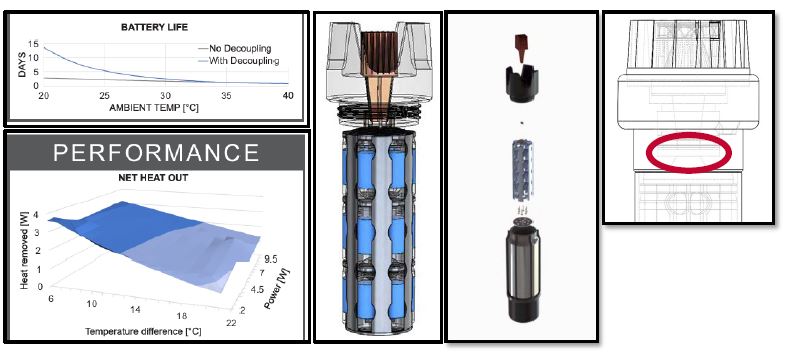Proteus 2021
We would like to thank all the teams that took part in 2021/22
The 2021/22 Proteus Innovation Competition was a huge success. We continue to see submissions and pitches that impress our judges more and more each year. We thank all participants and congratulate the winners for an outstanding competition. We are pleased to award over $25k in prizes to the winners listed below.
2021/22 Winners
Congratulations to the following competition winners who received $5k cash prizes and the opportunity to license the technologies:
Winner: Team Rogers
Western’s Dynamic Cardiovascular Imaging for Rapid Patient Treatment Planning
Eastelle Ding, Ronald Cheung, Aaron Cheung, Lydia Ji, Clara Sun
*Team Rogers also won the $1k Audience Choice Award.
Winner: HydroMac
McMaster’s Antibacterial Phage Hydrogels
Daniela Carbonari, JingBo (Amy) Wang, Rimika Sachdeva
Winner: PV Parkway
Waterloo’s Advanced Perovskite Films and Crystals for Stable Energy Harvesting Solar Panels
Angad Singh Vohra, Arshmeet Singh, Saatvik Arora
Winner: CIMD Solutions
Windsor’s Kinetic Energy Dissipation System
John Magliaro, Anthony Gudisey, Aryen Shakib
2021/22 Runner-ups
We want to give an honourable mention to the runner-ups who made it to the pitch phase of the competition. Well done!
Runner-up: Biotech Beauties
Western’s Dynamic Cardiovascular Imaging for Rapid Patient Treatment Planning
Avalene Kong, Tate Drynan, Saba Alrobayi
Runner-up: Bread Winners
Guelph’s Portable, Temperature- Controlled Storage System
Melanie Goens, Jennifer Walker, Christopher Bunting
Runner-up: Team MANI
McMaster’s Recycle Vulcanized Rubbers to Organic Polymers
Mengjie Dai, Amn Marwaha, Amanda McCall, Margarita Amoranto
Runner-up: JK Consultants
Waterloo’s Advanced Perovskite Films and Crystals for Stable Energy Harvesting Solar Panels
Kasia Tywonek, Joelle Wehbe
Runner-up: WinTech
WinTech
Saghar Mazarei, Leah Seo
2021/22 In Review
Individuals across 5 technologies
Teams registered
Teams passed Stage 1
Teams passed Stage 2
Winners
2021/22 Technologies
View details from each of the five technologies by clicking on the left menu below.
- Dynamic Cardiovascular Imaging for Rapid Patient Treatment Planning
- Antibacterial Phage Hydrogels
- Kinetic Energy Dissipation System
- Advanced Perovskite Films and Crystals for Stable Energy Harvesting Solar Panels
- Portable, Temperature-Controlled Storage System

Dynamic Cardiovascular Imaging for Rapid Patient Treatment Planning
Background
The clinical gold standard for assessing the functional significance of a coronary artery stenosis is the invasive fractional flow reserve (FFR) technique, in which a specialized catheter is advanced to the culprit artery with aids of fluoroscopy to measure the flow pressure gradient across a plaque during maximal hyperemia. Recently, non-invasive assessment of FFR using CT coronary angiography (CCTA) images has emerged as a promising avenue for evaluation of higher risk patients requiring anatomical and functional assessment for coronary artery disease (CAD). However, at the present time, FFR evaluation by CCTA requires extensive post-processing and calculation (often greater than 24 hours) and, therefore, is not presently suitable for evaluation of patients in the ED setting. A recent systematic review has revealed that the accuracy of FFR-CT measurement decreases as the degree of stenosis increases when compared to the gold standard catheter-based FFR measurement (Cook et al. (2017) Diagnostic accuracy of computed tomography-derived fractional flow reserve. A systematic review. JAMA Cardiol; 2(7):803-810. Accordingly, there is a continuing need for alternative methods and systems for imaging based assessment of a blood vessel in a subject.
Technology Overview
A novel time-resolved dynamic angiographic computed tomography (TRD-ACT) method has been developed to facilitate the assessment of the hemodynamics in epicardial coronary arteries. Coronary blood flow, fractional flow reserve (FFR), flow friction and turbulence indexes, and shear stress in each coronary artery can be assessed directly from the dynamic contrast-enhanced heart images acquired from myocardial perfusion imaging. FFR measurement can be used to evaluate whether a stenosis (luminal narrowing) is functionally significant to inform decision-making on interventional reperfusion treatment. Assessment of shear stress across an atherosclerotic plaque can provide useful insight on the risk of plaque rupture, which may allow earlier prevention of thrombosis. This technique can potentially be generalized for studying diseases in other organs such as assessing the hemodynamics of the carotid arteries in stroke patients.
Benefits
- Facilitates the clinical use in both outpatients and emergency departments as it is computationally less intensive (about 1-2 minutes per patient study, minimal assumption for the calculation, based largely on real dynamic data measured) than FFR-CT (usually takes more than 24 hours per patient study, estimates drop across a coronary artery plaque based on extensive assumptions on many physiologic parameters)
- Capable of simultaneously assess the large (epicardial) and small (microvascular) coronary arteries
- Hemodynamic parameters such as shear stress across a plaque can be estimate, which may lead to a more reliable prediction of the risk of plaque rupture
Keywords
Angiography, blood vessel blockage, CCTA, computed tomography(CT), hemodynamics, diagnosis, coronary artery diseases, stroke
Images/Figures

Inventor
Aaron So is a Scientist at Lawson Health Research Institute and Assistant Professor in Medical Biophysics at Western University.
Business Development contact: Patricia Pan

Antibacterial Phage Hydrogels
Background
Bacteriophages (also known as phages) are viruses that specifically fight bacteria in nature, without affecting non-bacteria cells. Bacteriophages have been used for over 100 years in clinics around the world to treat bacterial infections. With the rise of superbugs, phages have garnered more attention as a targeted approach to fight antimicrobial resistant bacteria.
Phages have been developed as structural material for developing coatings and gels, but the focus has so far never been on their antimicrobial property, but rather their identity as protein nanoparticles. Therefore, no effort was made to preserve phage antimicrobial activity when it was used as structural material.
Fortunately, McMaster researchers have created hierarchically structured hydrogels composed entirely of self-organized phage. These phage hydrogels retain the innate antimicrobial activity of free phage and in addition, they can return to its original state after being cut or sheared with minimal scarring (self-healing). These bioactive hydrogels also biodegrade and emit fluorescence, allowing non-destructive imaging. These simple and versatile hydrogel compositions can be utilized within a plethora of medical and environmental applications.
Applications
- Medical applications:
- Antibacterial wound dressings
- Antibacterial coatings on healthcare surfaces
- Antibacterial sutures for surgical wounds
- Antibacterial injectable hydrogel for grafts and implants
Advantages
- Targeted antimicrobial activity (kills only specific bacteria)
- The hydrogels biodegrade in the body
- Bioactivity includes antibacterial activity, self-healing, and autofluorescence
- Soft and hydrated gel properties are similar to human tissue
- Can naturally target and kill specific bacteria strains
- Can be genetically engineered to target specific tissues and/or cells (e.g. tumours), materials (e.g. plastics, metals, minerals) or small molecules (e.g. ions)
News/Media
- Canadian team invents gel made from viruses that eat bacteria
- McMaster researchers create gel that could heal wounds, purify water and more
Images/Figures

The self-healing and autofluorescent hydrogel made entirely of bacteriophage can be used for a variety of medical and environmental applications.
Innovator
Kyle Jackson is a PhD Student in Chemical and Bioengineering at McMaster University. He is designing bacteriophage therapeutics to treat bacterial infections in the gut and is funded by a CIHR Canadian Graduate Scholarship. He is a graduate of McMaster’s undergraduate Biomedical Discovery and Commercialization program where he combined his passion for science with entrepreneurship. Kyle is actively involved in Hamilton’s and Toronto’s Life Sciences startup communities, advising companies on their commercialization pathways and business development.
Business Development contact: Amy Hector. Launch breakout room session recording.

Kinetic Energy Dissipation System
Background
Technologies designed to absorb and dissipate the kinetic energy of impact play a significant role in preventing critical injuries and death. They have a broad range of applications, including reducing the force of impact in military explosions, vehicle accidents, and fall arrest systems. Conventional destructive dynamic forces are dissipated by energy-absorbing devices such as springs, rubber buffers, hydraulic fluids, or sacrificial structural members that experience deformation. However, many of these systems/structures suffer a significant disadvantage of not dissipating energy in a controlled and desired fashion, causing decreased system performance. The proposed technology overcomes this by providing a stable, and controllable deformation mode, which occurs at a designated force, resulting in efficient, uniform, and precise energy absorption capabilities. Additionally, the technology allows for passive adaptive energy dissipation characteristics, which is beyond the current state-of-the-art.
Technology Overview
This kinetic energy dissipation system consists of a cylindrical sacrificial tube (aluminum or other materials for the tube can be used) and a cutting member shaped like a steel wheel with four or more spoke-like blades designed appropriately for the specific energy dissipation requirement. Upon impact, the device cuts through the sacrificial deformation tube (Figure 1), in a steady process allowing for controllable metal deformation. This deformation mode is preferred compared to other systems, which may crumble or distort unevenly. The result is an almost ideal elastic/perfectly plastic system response, which is desired for energy dissipation. The system has been well proven and tested under quasi-static, low-speed dynamic and blast load conditions. Numerical and analytical models have been developed to aid in engineering the kinetic energy dissipation system for a specific application.
Benefits
- Simple design that is easily customized, and has a low manufacturing cost
- Aluminum alloy sacrificial tube is lighter than alternative steel solutions and does not corrode
- System can have a programmable load and stable deformation behaviour that can now outperform the current state-of-the-art
- Energy absorption does not create high temperature, severed or flying pieces of materials
- Can perform in both tension and compression loading conditions
Images/Figures

Figure 1. Top view of axial movement of cutter into a deformation tube.
Innovator
Dr. William Altenhof is a professor in the Department of Mechanical, Automotive, and Materials Engineering at the University of Windsor, where the focus of his research activities is generally dedicated towards material deformation for safety applications. His research group has examined, engineered and suggested design improvements to child restraint seats for enhanced protection in vehicular crash under frontal and side crashes. Additionally, his group has engineered numerous energy dissipation systems which have possible applications in automobiles, personal safety equipment, trains, airplanes, and other structural applications. One system has received both US and Canadian patents. Additionally, Dr. Altenhof has examined and engineered unique protective equipment related to mining vehicles and sporting (hockey) equipment. In his research activities, Dr. Altenhof exploits experimental, numerical (finite element modeling) and analytical methods to engineer and optimize system performance for energy dissipation systems. Dr. Altenhof is the Editor for the International Journal of Crashworthiness and also a member of the Editorial Boards for the International Journal of Impact Engineering and Thin Walled Structures. He is a licenced Professional Engineer within the province of Ontario, Canada.
Business Development contact: Tina Suntres. Launch breakout room session recording.

Advanced Perovskite Films and Crystals for Stable Energy Harvesting Solar Panels
Background
Metal halide perovskites possess unique features that make them desirable for solar cell and other electronic device applications. The most commonly studied perovskite absorber is methylammonium lead trihalide family However the instability of organic lead halide perovskites, such as methylammonium lead tri-iodide (MAPbI3), under ambient conditions is a challenge, as it leads to degradation in electronic device performance and has thus limited their long term application.
Technology Overview
Waterloo researchers have developed a perovskite-polymer composite that consists of a cross-linked polymer network integrated with a perovskite film By way of one example, a precursor mixture of PbI2 (acting as a Lewis acid) with polystyrene (PS) enabled in-situ PS crosslinking arising in a novel perovskite-polymer composite without any encapsulating layer and with a stable structure in ambient conditions after more than 1000 h of continuous 1.0 sun (AM 1.5G) illumination in air (relative humidity of 40–50%) at 45 °C, while also showing a slightly improved device performance. The stability is the result of the direct specific interaction between the polymer and the perovskite that reduces ion migration, charge recombination, trap-state density and dark currents and at the same time leads to improve mobility and carrier life time. The interaction between the polymer and PbI2, also improves the crystallization kinetics leading to larger grain size in the perovskite films. The cumulative effect of these improvements makes the reported polymer-perovskite hybrids well suited for long term device applications.
Benefits
The production method improves the perovskite solar cell stability under normal operating conditions and without requiring any additional encapsulation for significantly greater time compared to other reported methods. This method not only maintains but also improves the efficiency by 1.5-2% for solar cells in a simple one step method using low cost polymer additive. This improved efficiency is significant for photovoltaic applications.
Applications
Cost-effective solar cells with high efficiency and simple fabrication, optoelectronic devices based on specific effects in perovskites such as super-capacitors, piezoelectric, ferroelectrics, sensors, energy harvesting devices, catalysis.
Images/Figures

Innovator
Vivek Maheshwari carries out research in nanotechnology. His research interests include synthesis and assembly of 3-D nanomaterials and membranes, nanoelectrodes, energy harnessing and cellular electronics. The aim is to develop materials for application in new electronic devices, sensors and integration of cells with an electronic interface. He is also working on making dynamic sensors and using nanoscale viscoelasticity.
Business Development contact: Saeed Bagheri

Portable, Temperature-Controlled Storage System
Technology Overview
Portable, economical and safe temperature-controlled container for storing, shipping and distributing thermosensitive materials in situations where access to traditional infrastructure is limited. It’s a smart device with power management, passive and active control, data logging and communication.
Benefits
- Storage and transport of temperature sensitive materials in 0-10
- Low power consumption – can maintain internal temperature for up to 15 days on a single charge, indefinitely with access to a power source
- Both active (TEC) and passive (vacuum insulation) temperature control
- Innovative thermal decoupling system to prolong passive temperature control
- Innovative cast aluminum alloy internal storage that is part of the heat sink chain
- Efficient conduction- and convection-based heat sink
- Scalability – multiple units can be used for large-scale, compartmentalized use
- Portability – the unit is compact, numerous ones can be housed/transported in a limited space
- Usability in underserved areas – can be powered by various sources such as PV cells, vehicle chargers, etc.
- Reliability and actionable record keeping – internal data logging and connectivity
Applications
- Delivery of pharmaceuticals and vaccines to remote areas
- Post-disaster delivery and storage of temperature-sensitive materials
- Prolonged off-grid storage of temperature sensitive medications and reagents where access by refrigerated vehicles and/or appropriate storage is unavailable
- Rapid response apportionment and delivery of pharmaceuticals, non-frozen blood plasma, etc.
Images/Figures

Innovator
Timothy Mills is a MASc Student in Mechanical Engineering at the University of Guelph.
Business Development contact: Martin Ciuk
